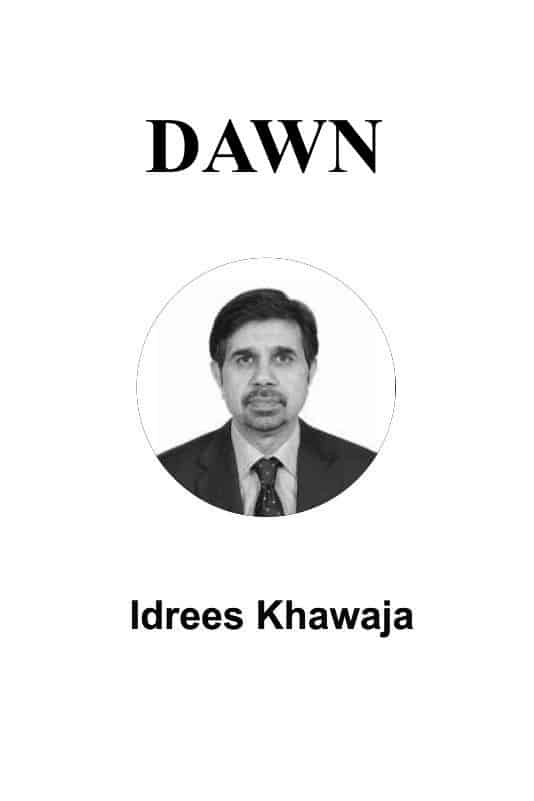
Corruption index
CONSIDER a hypothetical case: there are no systems in a country to check corruption but there is still zero corruption in the country because all its citizens are honest for ethical or religious reasons. But this corruption-free country may well be ranked as ‘significantly corrupt’ on Transparency International’s (TI) Corruption Perception Index (CPI).TI’s CPI poses questions that assess actual corruption and the potential of corruption in a country. The latter is inferred from the prevalence of systems to check corruption eg ‘access of civil society to information on public affairs’. The lack of such systems means a poor rank on the CPI. In practice, all of us know many people who do not indulge in corruption, not because there are systems in place to check it but because they are honest. The CPI hardly accounts for honesty.TI’s recently published CPI shows that Pakistan has slipped three ranks. Some believe that the deterioration reflects an increase in the level of corruption. This piece looks at what goes into the computation of the TI’s CPI and what kind of inferences are possible using the index.The CPI is a perception index and seeks to gauge perceptions regarding the level of corruption in a country and how this level compares with that in other countries. The index is not directed at assessing the magnitude of the actual level of corruption.The CPI raises several questions.The general belief seems to be that Transparency International talks to the general public in a country to learn from their first-hand experience of corruption. In fact, it does not conduct any survey of its own — its CPI is based on scores assigned to corruption-specific questions in eight different cross-country indices computed by various international agencies, and not by the organisation itself.Six out of the eight indices used by the TI are based on the ‘expert opinion’ of experts chosen by the managers of the respective indices — some indices use the opinion of a single expert. The names and profiles of experts for each country, if known, would help us assess their level of expertise regarding that country. However, neither the TI nor the management of the respective indices makes public the names and profiles of country experts. This is against the essence of transparency.The Economist Intelligence Unit’s Country Service Risk, is one of the six indices used by the TI. The EUI’s websites list 88 country analysts. Since no analyst listed on the website has a Pakistani name one wonders who assesses Pakistan and what is the level of his expertise regarding the country.The TI has also used the Business Executive Opinion survey and Rule of Law index published by the World Economic Forum and the World Justice Project (WJP) respectively. The two indices are survey-based. To gather responses from Pakistan for the BOE index, the World Economic Forum posed questions to 148 business executives in 2019. Statisticians suggest a minimum of five per cent of the target population as a sample to draw reasonable inferences from the responses — 148 respondents would not comprise even 1pc of business executives in Pakistan.For the Rule of Law index, the WJP posed questions to 1,840 respondents based in Karachi, Lahore and Faisalabad. The WJP acknowledges, in its report, that nationally representative surveys were administered in only 55 economies and Pakistan is not included in those 55. Clearly, the Rule of Law index is statistically deficient.Deficiencies, notwithstanding, we cannot imply that the CPI does not serve any purpose. If country X and Y are ranked (from best to worst) number 10th and 80th respectively then without doubt we can tell at a glance that corruption in Y is much greater. However, if A and B are ranked 30th and 40th respectively then we should avoid making too much of the difference of 10 ranks, given the shortcomings of the indices.Out of the eight indices used by the TI for its 2020 report, only one index was finalised in 2020. The reports of five indices were published in 2019 and reports of two indices completed in 2018. The managers of the International Country Risk Guide Index, which was published in 2019, instructed their country experts to base assessments on two-year data starting January 2017. So the CPI published in 2020 appears to be using data from a much earlier period.Given the deficiencies of the CPI, we should not rely too much on its corruption perception ranking for any period, let alone relate it to a specific political regime. If we must link ranks with regimes, then it’s noteworthy that much of the data used by the indices pertains to periods before the incumbent political regime took over.



